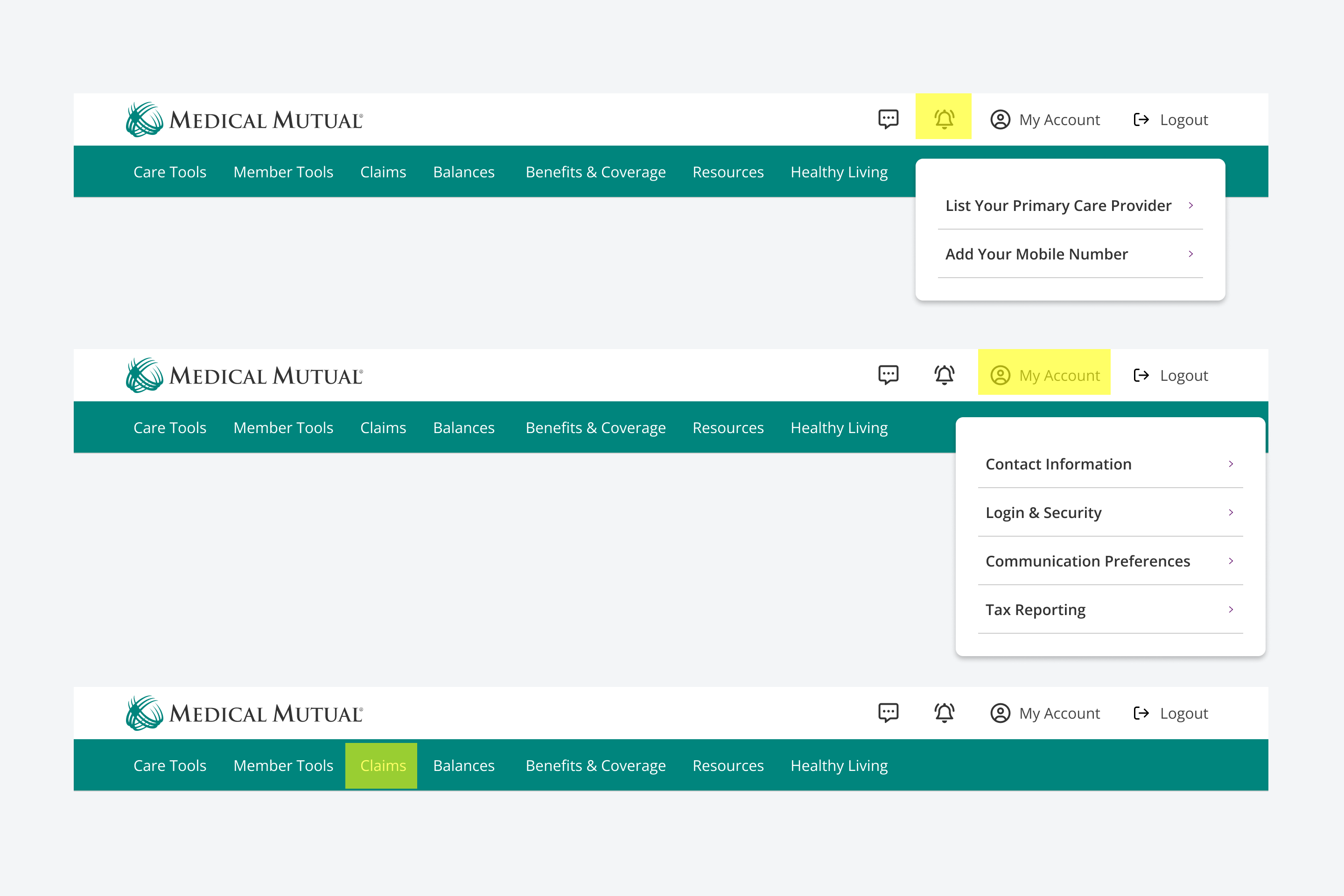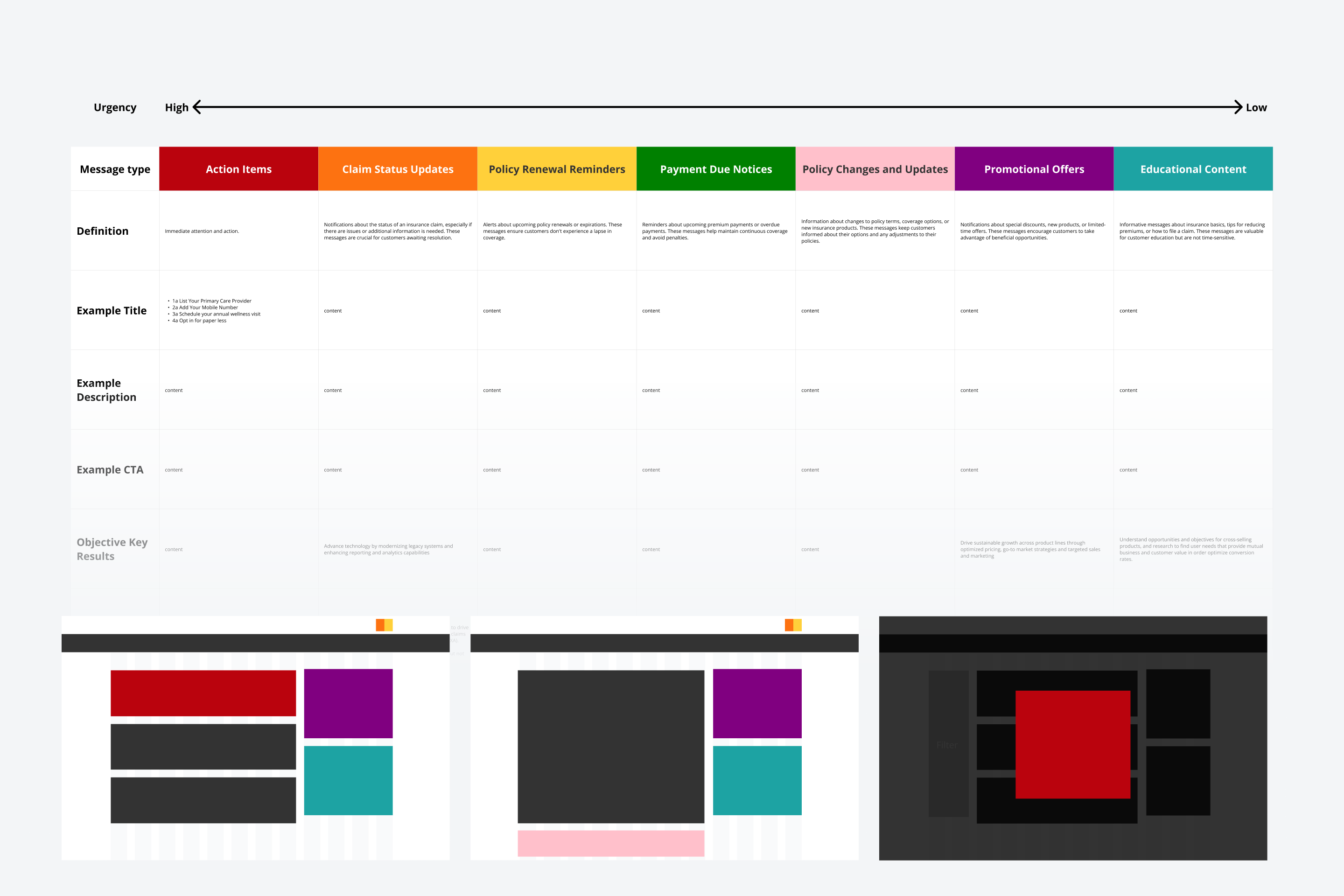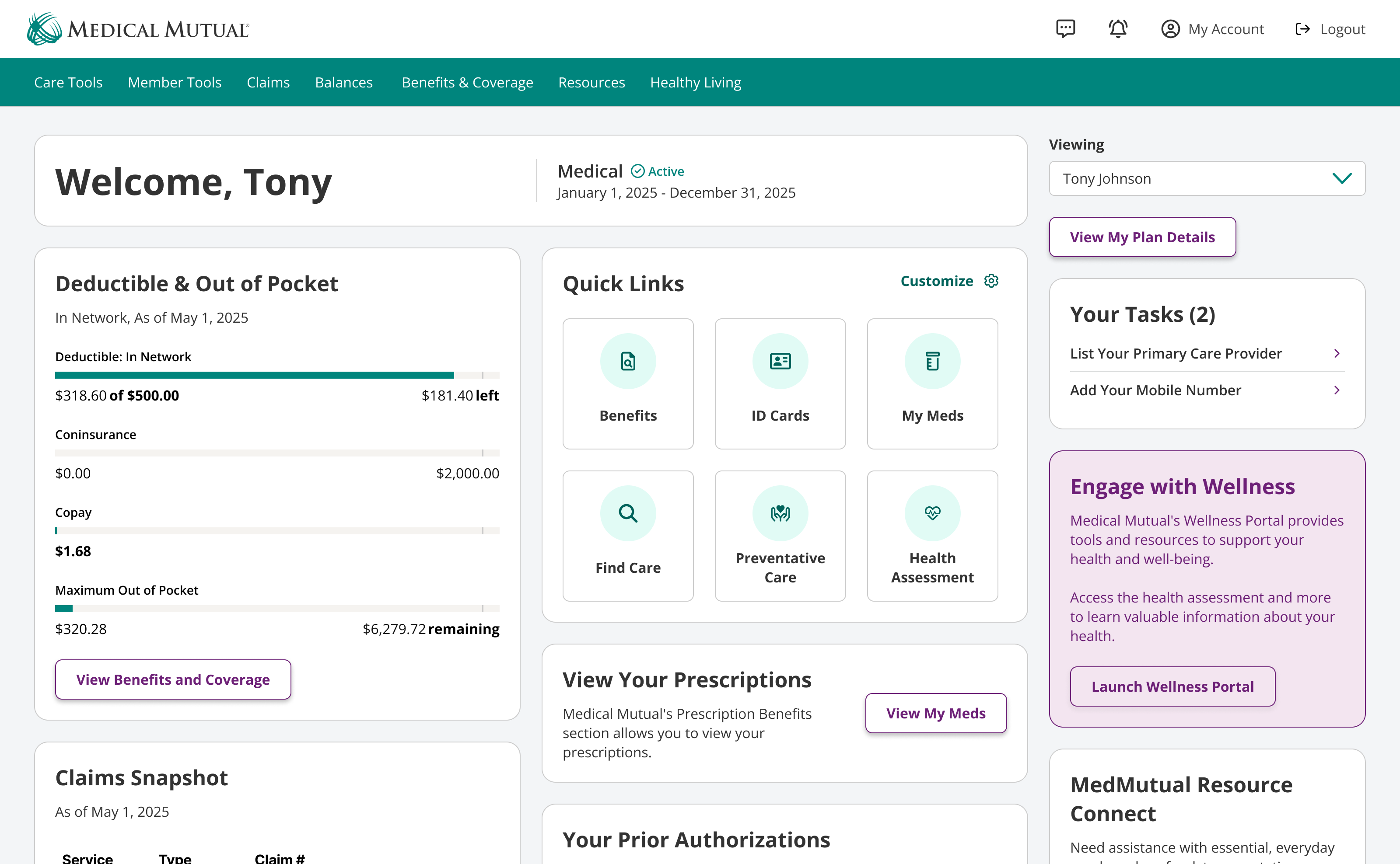
Member Experience
How might we bridge web and mobile experiences to deliver a cohesive digital journey for Medical Mutual members?Overview
The Mutual Experience Application (MXA) makes it easy for our customers to understand and utilize their insurance coverage, contributing to a sense of value and peace of mind around personal health and financial wellness.
Members currently have two distinct experiences as Medical Mutual, our current web experience for My Health Plan and mobile app, MedMutual. As a UX Lead, I lead ideation and high-level exploration to pave a path forward for mobile-to-web scale up efforts with usability testing. The work reflected in this page are not a reflection of a final product in market, but more of a concept to closely support data analytics and user research insights.
ProblemGoals
As MXA prioritizes our member journeys, some additional business goals include, but are not limited to:Approach
In order to scale our experience, we decided to take a mobile-first approach to iterate and explore complex data sets and then scale for larger viewports. We set out to increase awareness of page regions' importance, enabling UX to iterate with a modular approach as we simultaneously prepared to conduct further navigation card sort studies.Before I joined Medical Mutual, previous contract UX designers from G2O conducted interviews, content audits, and initial sitemap proposals to narrow problem areas to help Medical Mutual plan our mobile-to-web scale-up efforts.
Using page regions, we took a low-fidelity wireframe approach to create prototypes that translate interaction behavior with our Claims and Benefits experiences.
Show information architecture
-
Key findings
- Members face difficulty locating claims mentioned in email notifications.
- They require clear identifiers for claims, such as service date, doctor's name, and treatment type.
- Notifications are preferred only for completed claims, not for initial processing or dispute updates.
- Detailed cost breakdowns, coverage explanations, and real-time plan usage summaries are critical.
- While members value access to cost details, data must be presented in a structured, easily digestible format to avoid feeling overwhelmed.
-
Recommendations
- Keep members updated on claims so they can identify follow-up requirements and feel prepared.
- Help members understand claim status, what to expect, and who to contact.
- Make claim summary information scannable so that members can find specific claims confidently.
- Provide members with a concise cost breakdown with enough facts to spot challenges and make educated care decisions
- Explain claim outcomes to help members plan future care and coverage decisions.
Constraints
Cost management savings introduced a variety of workforce restructures impacting our immediate priorities with less team members.Current state
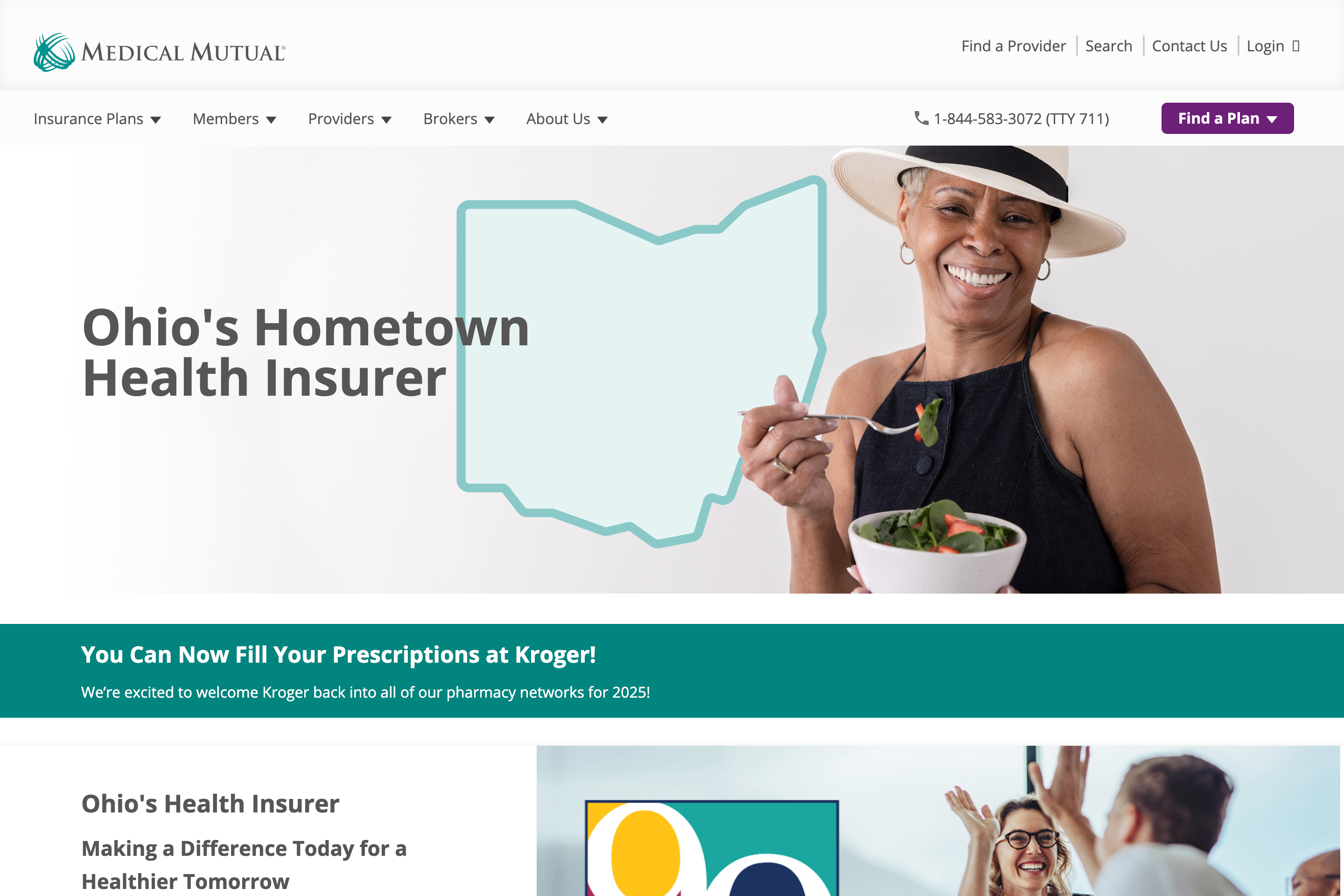
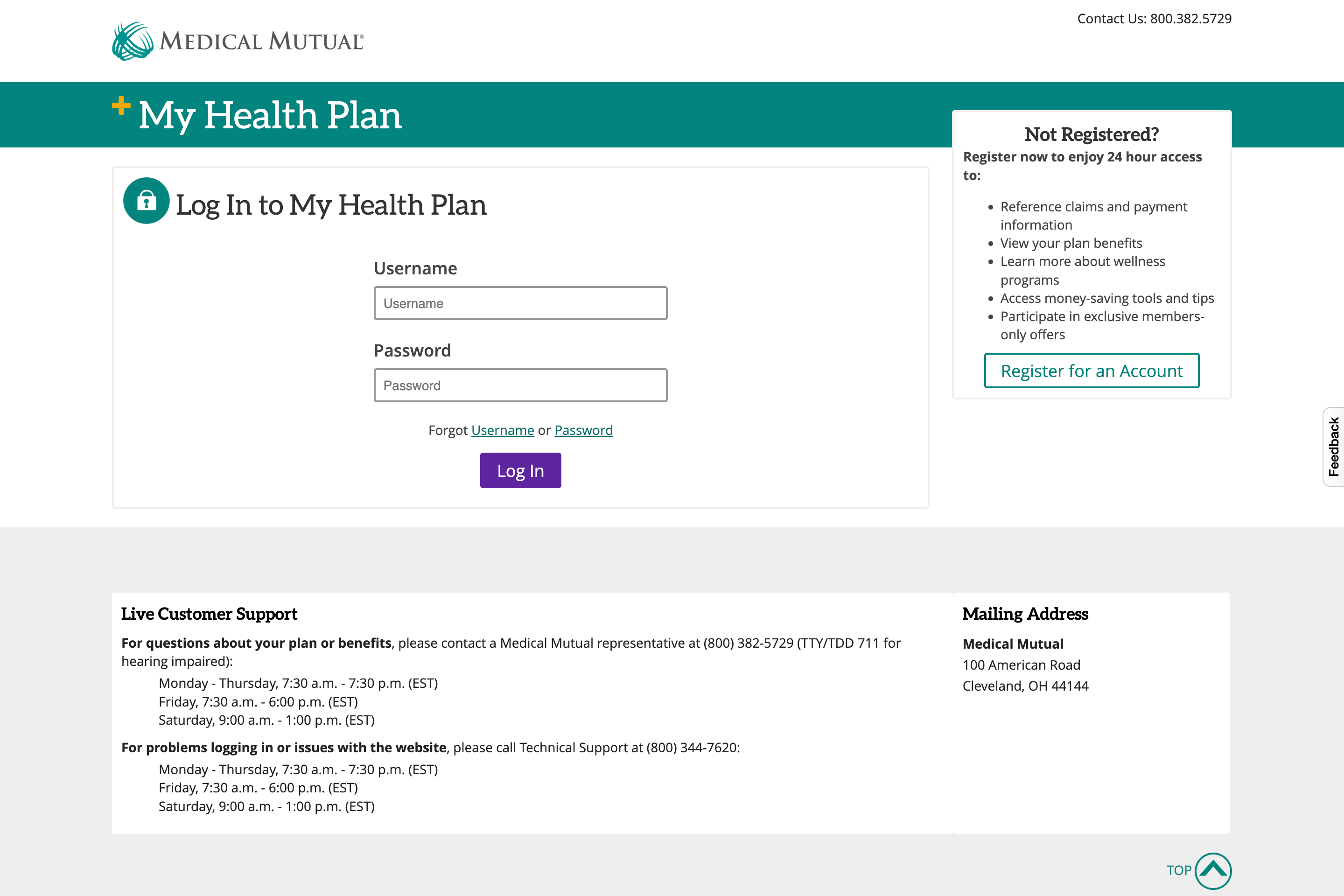
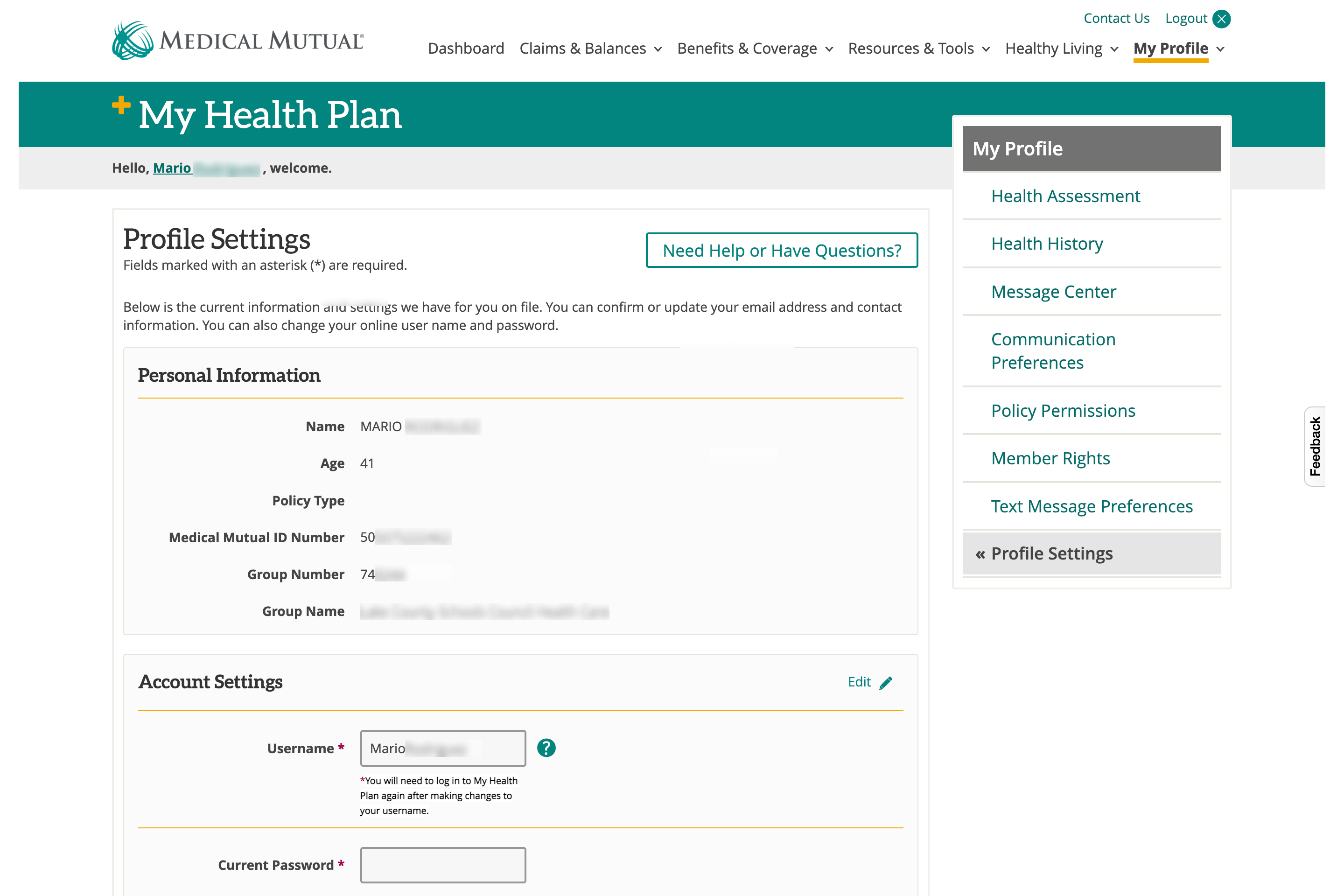
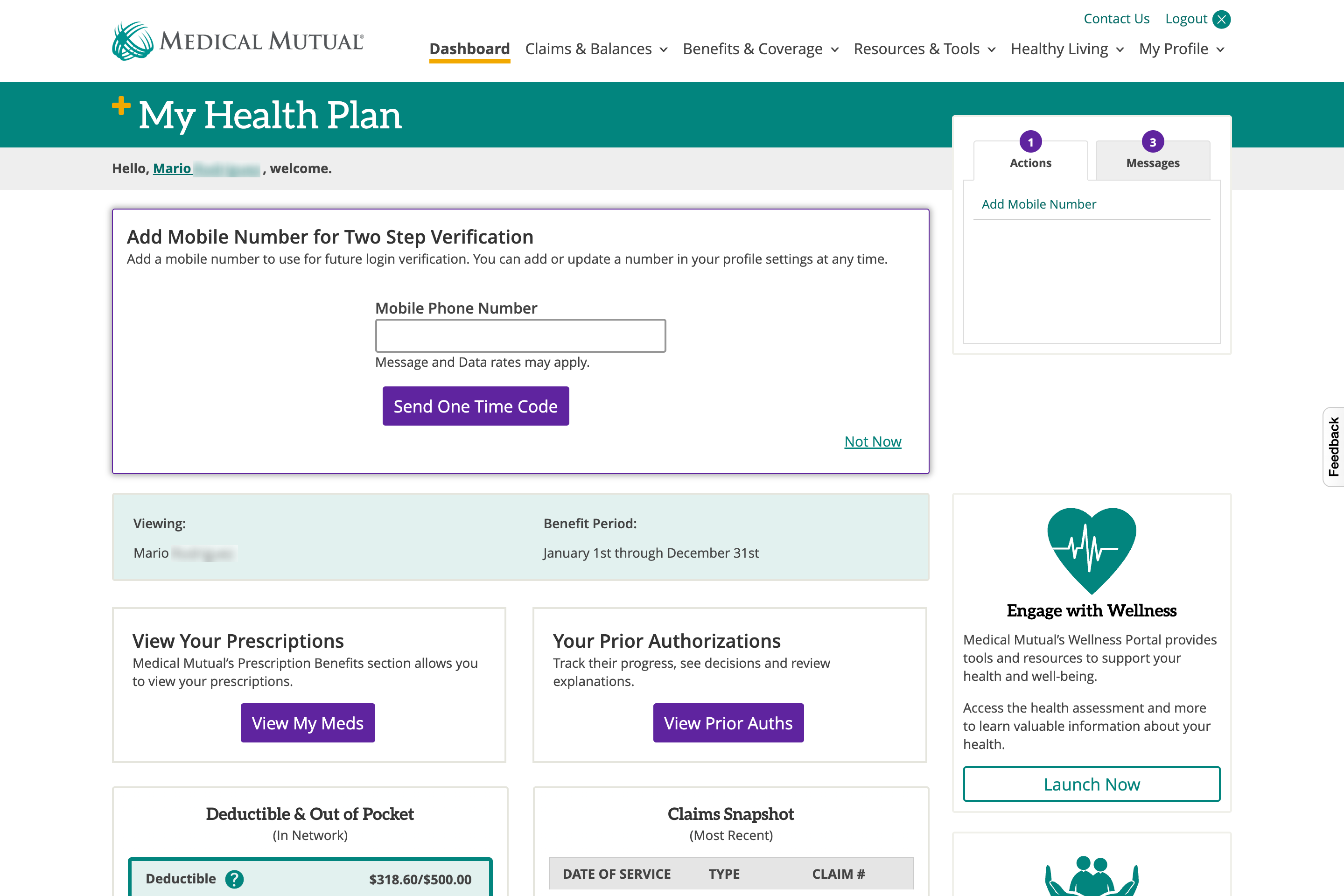
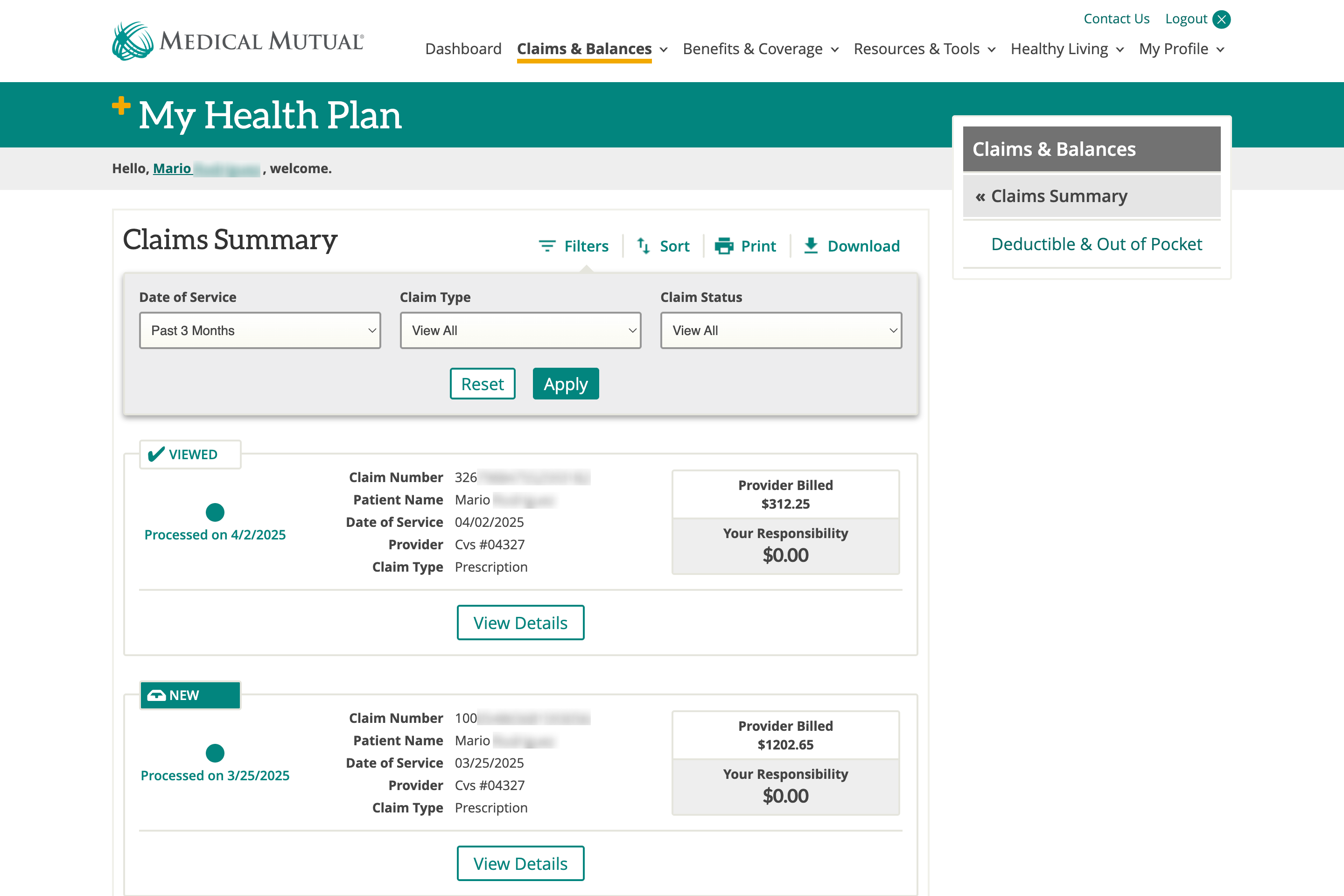
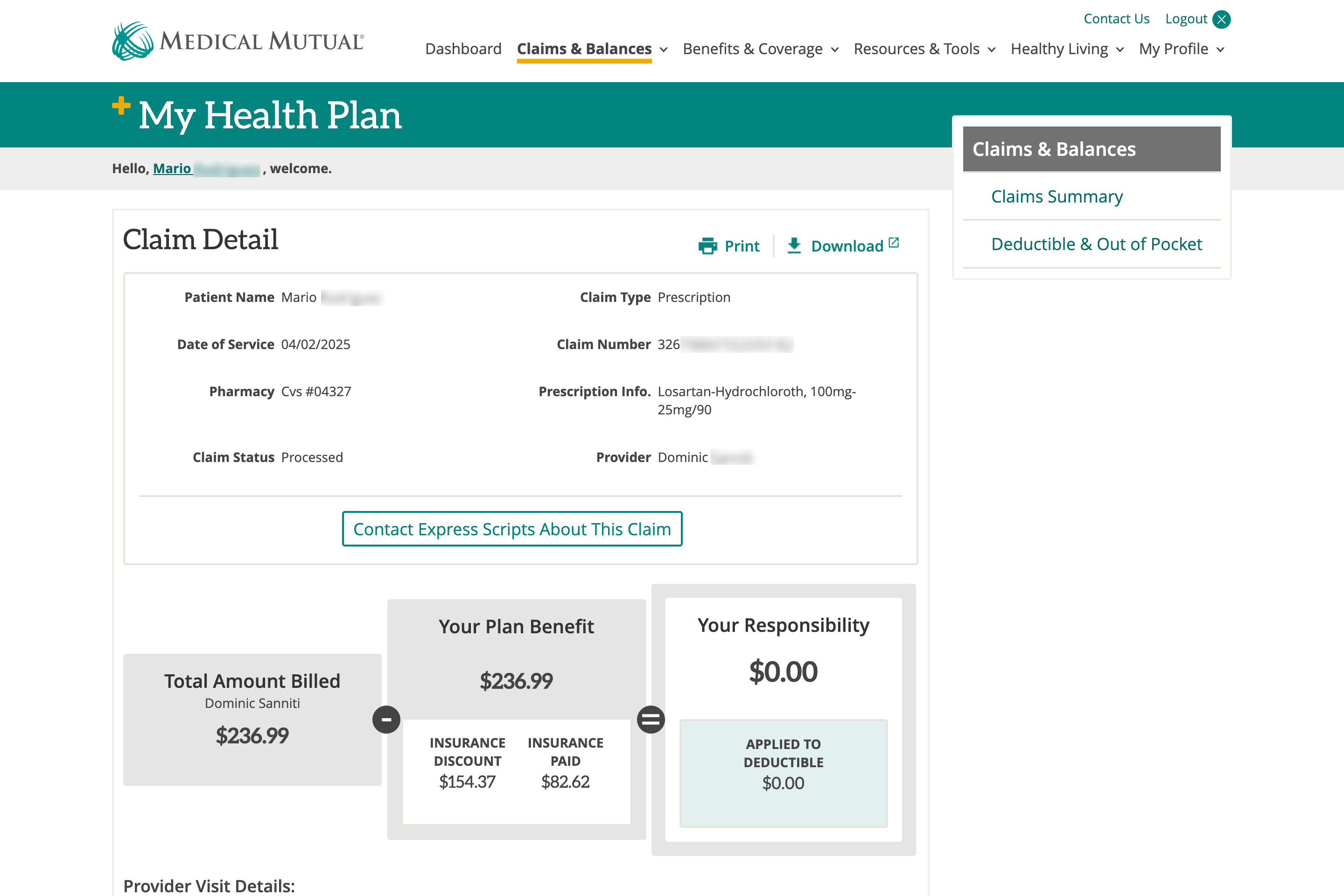
Ideation
We examined two main opportunities to enhance wayfinding and omnichannel experience by diving into solutions to improve navigation design and content delivery.
Key screens
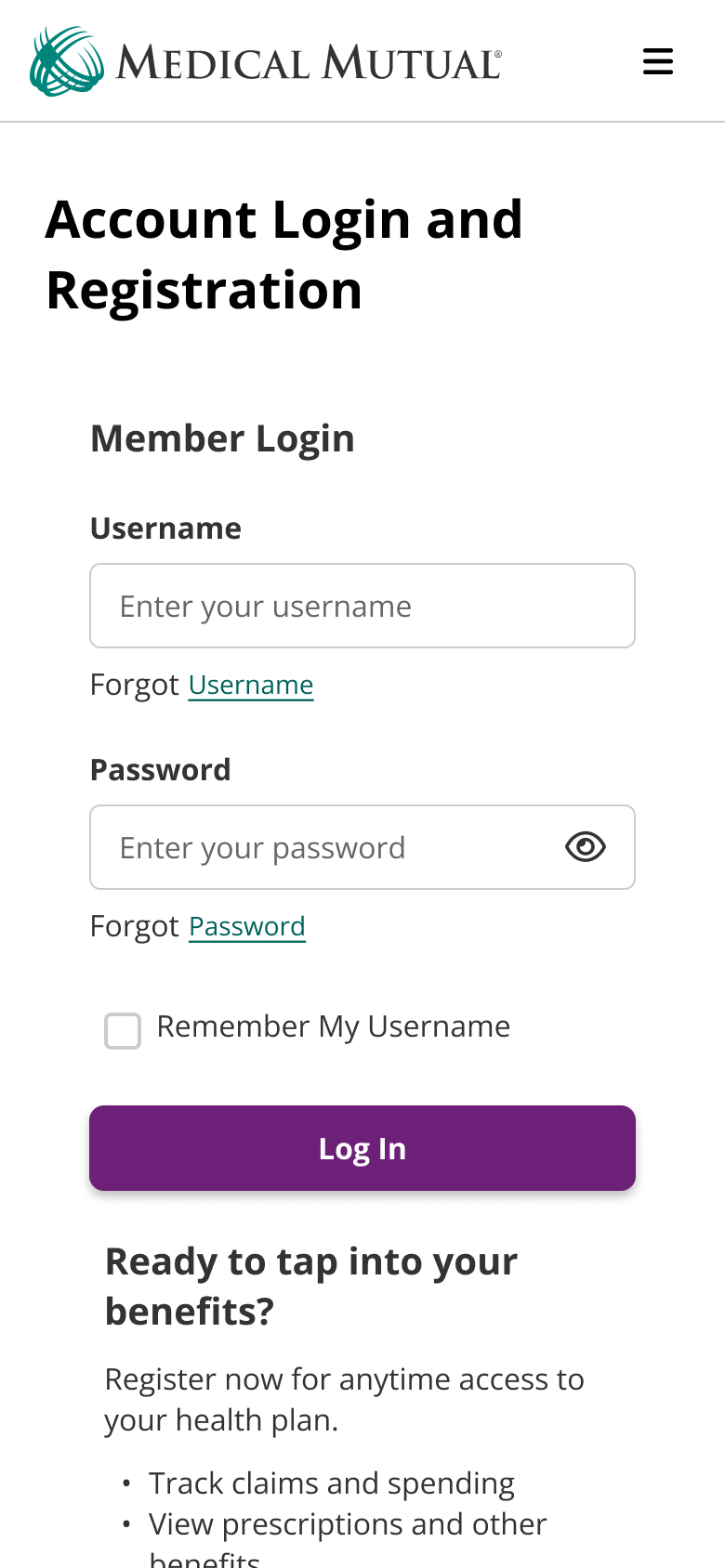
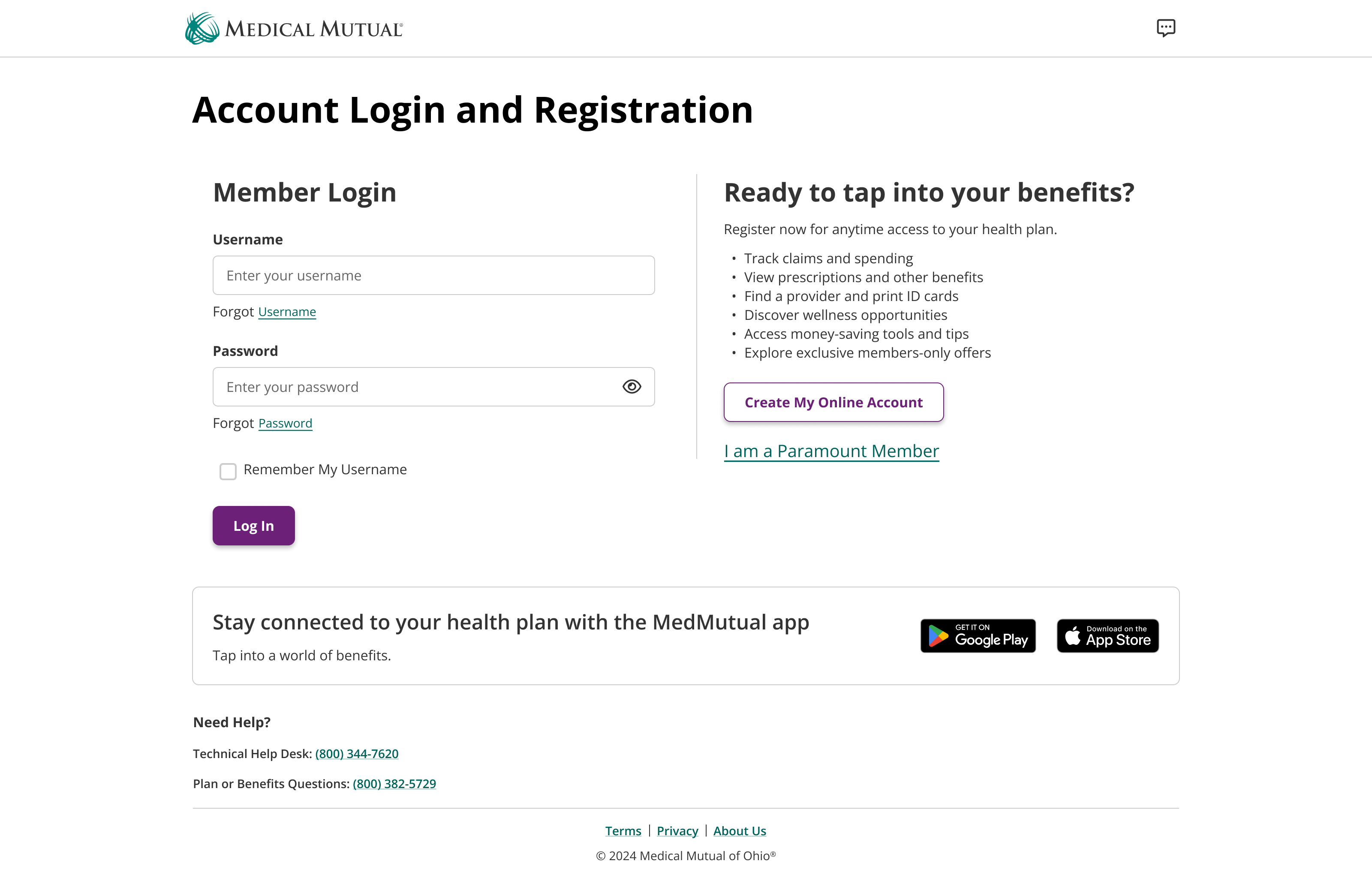
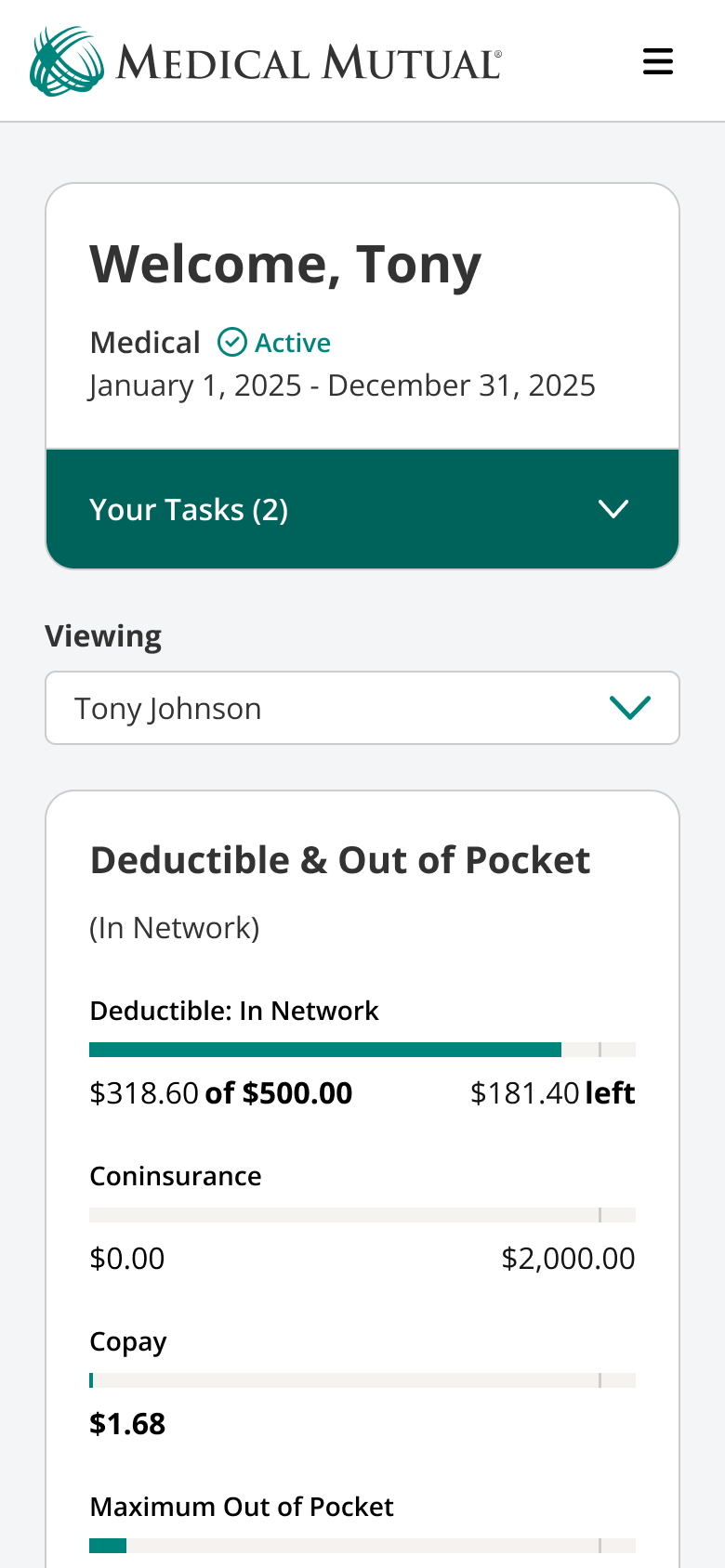

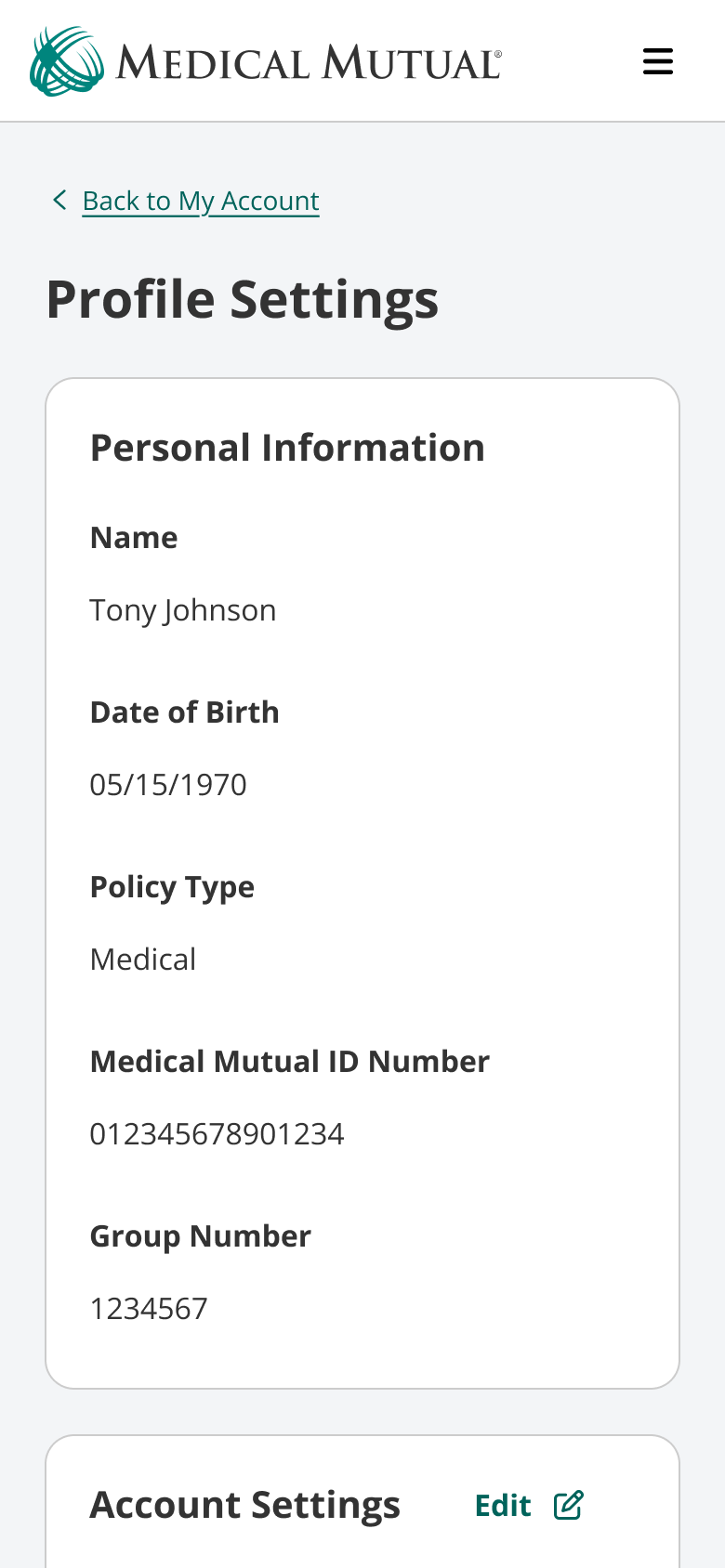
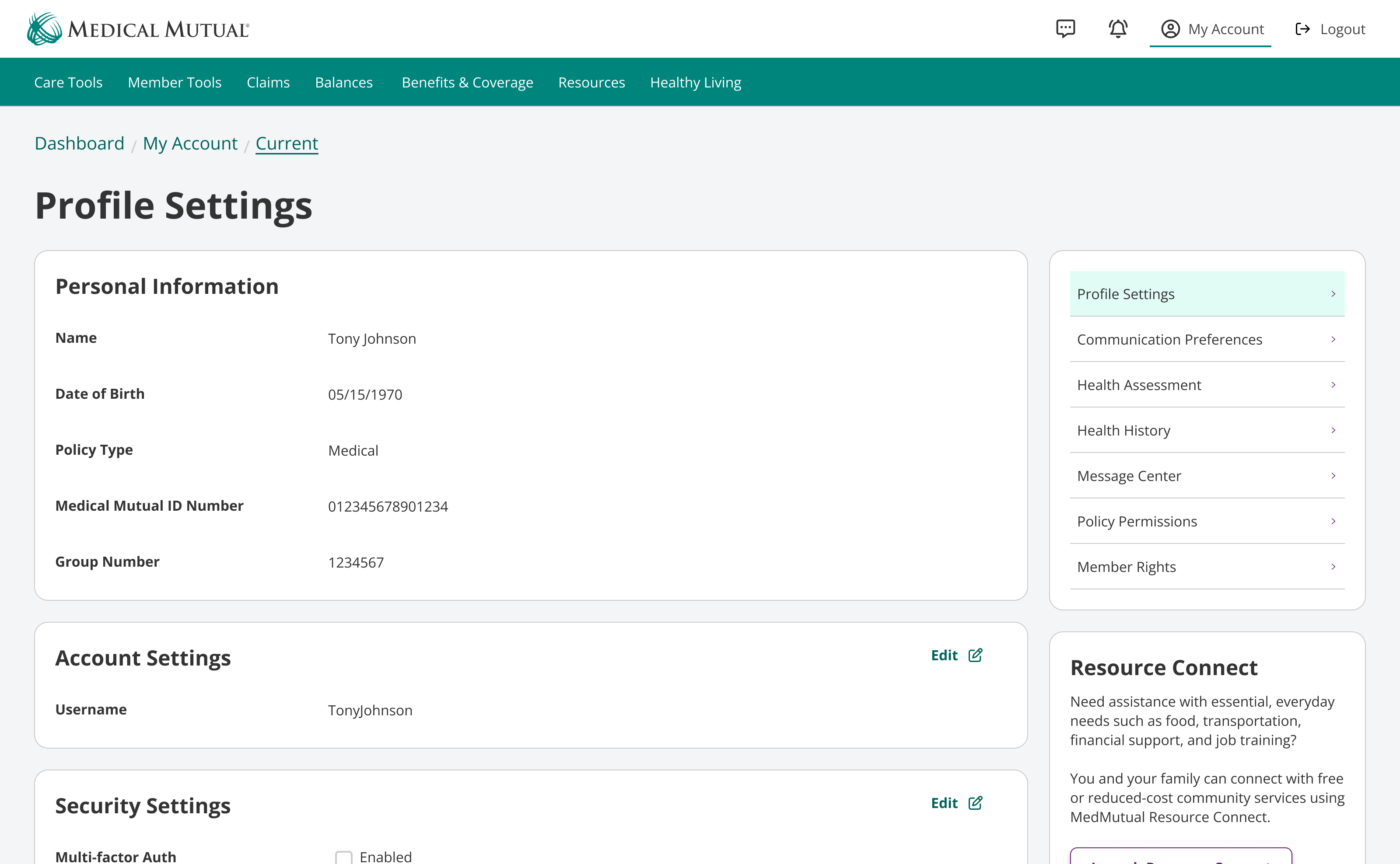
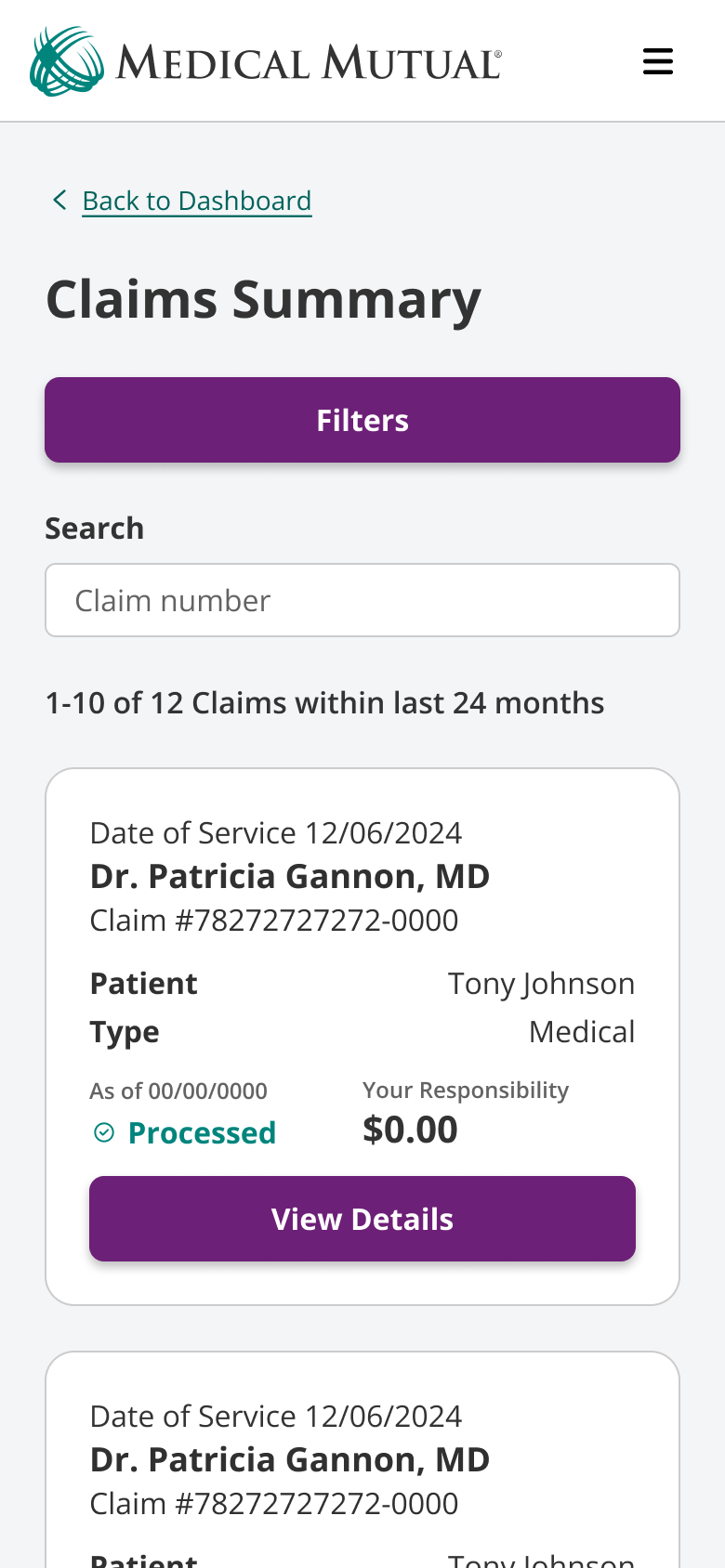
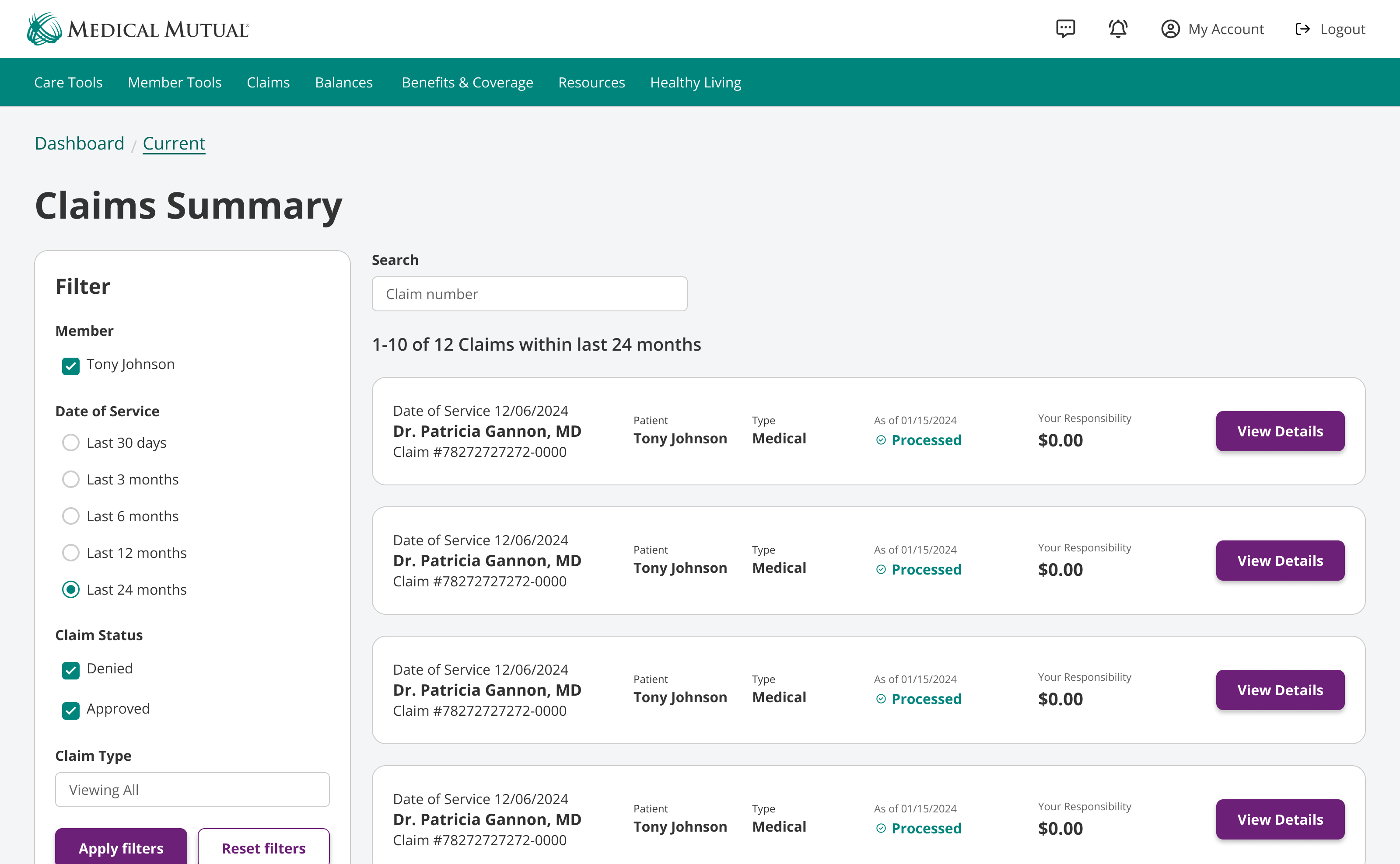
Takeaway
While my role was affected by organization restructuring, I am grateful to have been introduced to working directly in health insurance with talented individuals in a complex yet rewarding space.- It's okay to say you don't understand a technical flow because of the services involved. Clarity is an opportunity to level set with the entire team to ensure you have a shared understanding of the work and who exactly it impacts.
- Documentation is critical, especially when inheriting other designers' work. Advocate for a common practice to onboard and help others understand your discovery, ideation, and insights from research and/or business partners.
- As an adult dependent on a spouse's insurance, this was a wake-up call to deepen my understanding of my benefits before a life-changing event like growing future dependents in our household.
- Information Architecture and Navigation: Evaluate navigation labels and the top 30 critical pages in new UI concepts to understand the usability of proposed design solutions.
- Expand message prioritization framework: Determine how we might sync content between our content management systems and channels like native mobile, responsive web, and Figma.
- Design System: Advocate for a design token pipeline to maintain visual language parity across various frameworks to contribute to a cohesive user experience.
